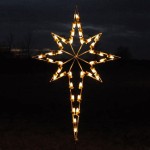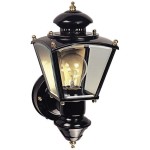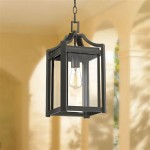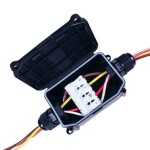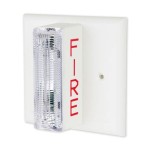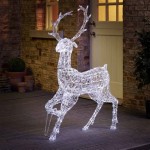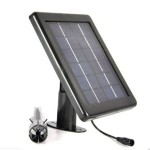What Kind Of Fabric Do You Use For Outdoor Cushions
When choosing fabric for outdoor cushions, several essential aspects need to be considered to ensure durability, comfort, and style in the face of weather elements. Factors such as fabric type, weather resistance, colorfastness, mildew resistance, UV resistance, and maintenance requirements play a crucial role in the performance and longevity of outdoor cushions.
In this article, we will delve into each of these aspects, providing insights into the characteristics and benefits of different fabrics to help you make informed decisions when selecting the ideal fabric for your outdoor cushions.
Fabric Type
The type of fabric used for outdoor cushions has a significant impact on its durability and comfort. Natural fibers like cotton and linen offer breathability and a soft touch but may be more prone to fading and mildew. Synthetic fabrics such as polyester, nylon, and acrylic are highly durable, water-resistant, and resistant to fading. Choosing a fabric blend that combines the benefits of both natural and synthetic fibers can provide an optimal balance of comfort and performance.
Weather Resistance
Outdoor cushions must withstand the elements, including rain, sun, and humidity. Water-resistant fabrics are treated with a coating or finish that repels water, preventing it from penetrating the fabric. Waterproof fabrics provide an even higher level of protection, keeping cushions dry even in heavy rain. Choosing weather-resistant fabrics ensures that your cushions remain comfortable and functional in any weather conditions.
Colorfastness
Colorfastness refers to the ability of the fabric to retain its color over time when exposed to sunlight. Fabrics with high colorfastness ratings are less likely to fade, ensuring that your cushions maintain their vibrant colors throughout their lifespan. Look for fabrics with a high AATCC (American Association of Textile Chemists and Colorists) rating for colorfastness to sunlight.
Mildew Resistance
Mildew is a common problem for outdoor fabrics, especially in humid environments. Mildew-resistant fabrics are treated with antimicrobial agents that prevent the growth of mold and mildew, keeping your cushions clean and fresh. Choosing mildew-resistant fabrics ensures that your cushions remain hygienic and free from unpleasant odors.
UV Resistance
Ultraviolet (UV) rays from the sun can damage fabrics, causing them to fade and deteriorate over time. UV-resistant fabrics are treated with a protective coating that blocks out harmful UV rays, preventing damage and preserving the integrity of the fabric. Choosing UV-resistant fabrics ensures that your cushions retain their appearance and durability for longer.
Maintenance Requirements
Regular maintenance is essential to keep outdoor cushions looking their best and prolonging their lifespan. Some fabrics require minimal maintenance, such as wiping down with a damp cloth, while others may require more frequent cleaning or professional care. Consider the maintenance requirements of the fabric when making your selection to ensure that it fits your lifestyle and cleaning preferences.
By considering these essential aspects when choosing fabric for outdoor cushions, you can make an informed decision that will provide you with durable, comfortable, and stylish cushions that withstand the elements and enhance your outdoor space for years to come.

What Is The Best Fabric For Outdoor Cushions Ricky Richards

The Best Outdoor Fabric For Cushions Just Fabrics

The Best Outdoor Fabrics Ideas For Cushions Prestige Decor Window Treatments And Upholstery

What Is The Best Fabric For Outdoor Cushions

Best Fabric For Outdoor Furniture And Cushions

Cotton Polyfill Outdoor Patio Cushions For Home Size Standard

Cover Fabric For Your Outdoor Foam Cushions The Factorythe Factory

What Is The Best Fabric For Outdoor Cushions Ricky Richards

How To Choose The Best Outdoor Cushion Fabric

Inspiration How To Choose The Right Outdoor Furniture Upholstery Fabric
